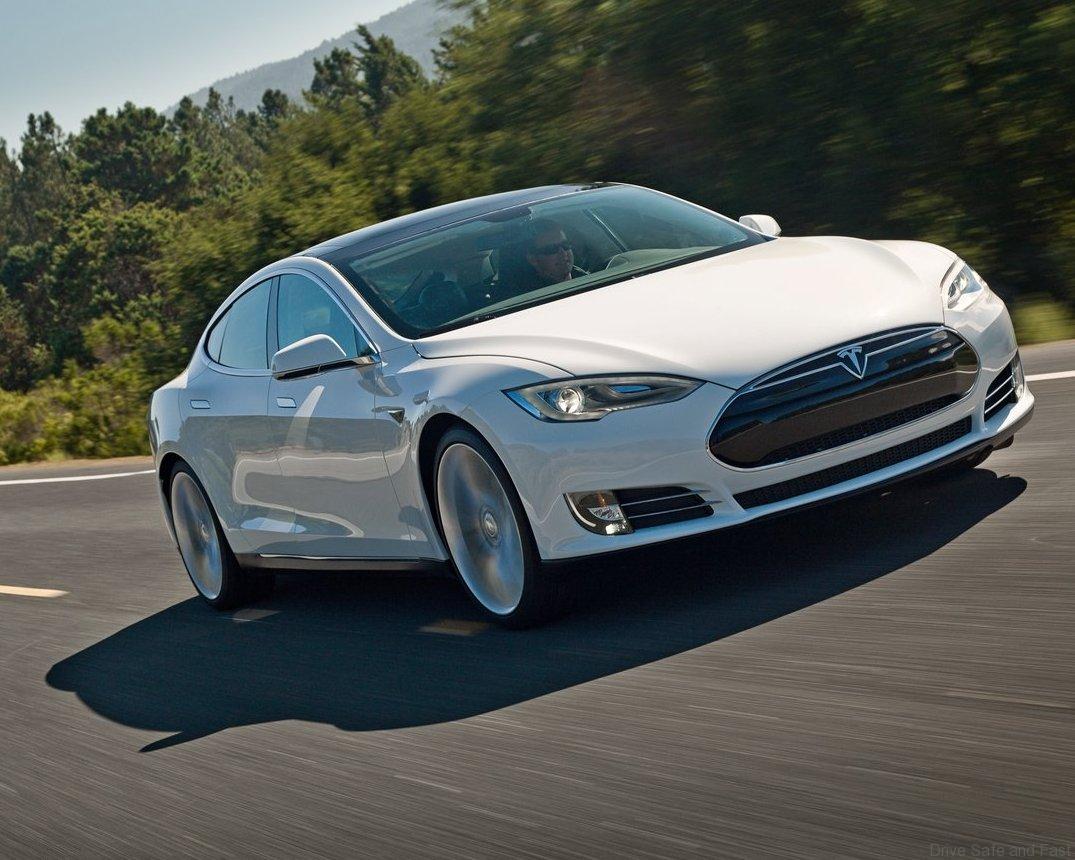China policymakers have decided to address China’s pollution and energy independence issues by waiving the 10 percent purchase tax on the vehicles. Electric car sales have been negligible in China while sales in North America, Europe and Japan have taken off over the last few years.
Even though China has long offered healthy subsidies against the purchase of electric cars, consumer concerns over price, convenience and reliability have resulted in incredibly low sales figures despite China being the world’s biggest automotive market. Even so, many companies including Tesla Motors still believe Chinese consumers will warm to electric vehicles, and have set their sights on the country to profit from any future growth.
China’s government has done much to spur demand for the models in the last year or so, from extending its subsidy policy to limiting the sales of regular vehicles in some cities, where pollution is particularly bad.
China’s new tax break covers “new energy autos” a term encompassing electric cars, plug-in hybrids and fuel-cell vehicles. Vehicles will avoid a 10 percent purchase tax from September 1 until the end of 2017. Timing couldn’t be better for companies like Tesla Motors, BMW and Volkswagen, all of whom are either selling or intend to sell electric cars in the country.
Tesla began trading in China back in April, and Chinese media reports suggest Tesla has sold around 1,300 vehicles so far. Tesla’s pricing of the Model S is already considered competitive in China, as Elon Musk stated the company would not “rip off” its Chinese customers by adding a healthy profit margin over existing import taxes and sales taxes, like some other companies do.
BMW will start selling its i3 electric car by this September, just in time to take advantage of the tax break and Volkswagen intends to sell its e-Up electric car too. China’s Science and Technology Minister, Wan Gang, believes that more “preferential policies for electric vehicles” may be on the way over the coming years, helping the country’s growing energy-saving and pollution-reducing goals.





